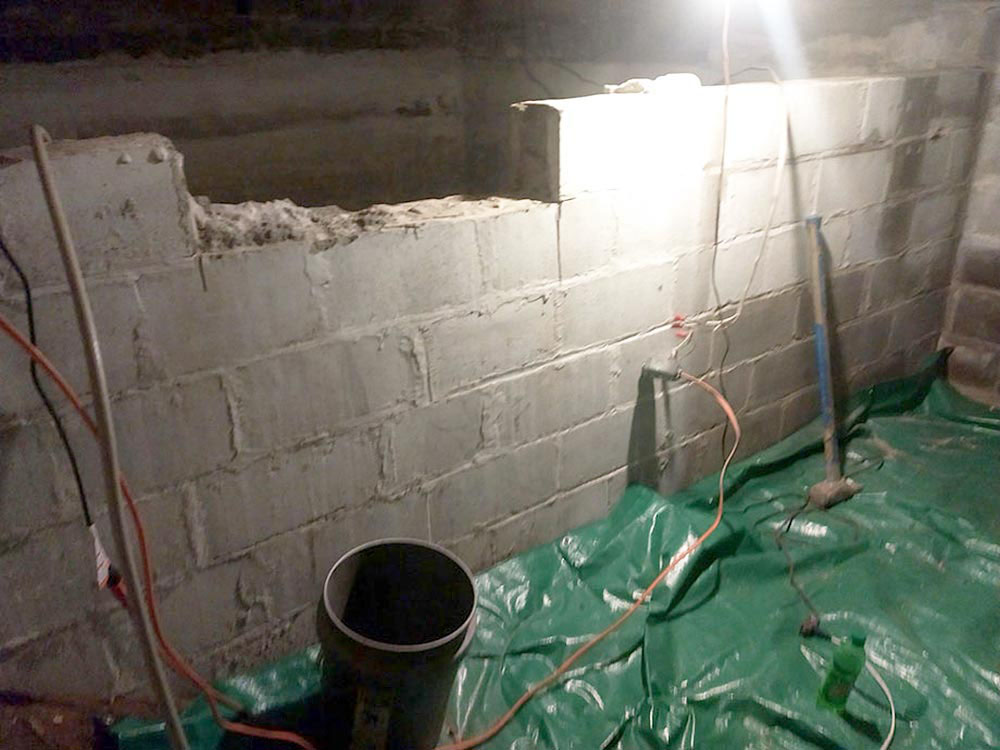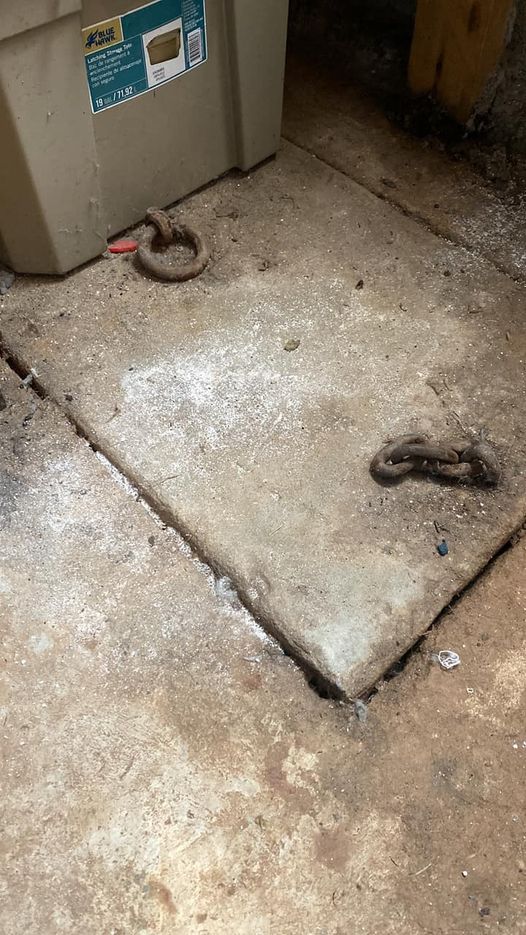
The critical role of these cisterns was to ensure a steady water supply by collecting rainwater or water from nearby sources. This was particularly crucial in areas where water was scarce or the climate unpredictable. Cisterns provided a sustainable solution, enabling households to maintain autonomy over their water needs.
Stumbling upon a hidden cistern in an old property is akin to uncovering a piece of history. The search for these cisterns demands a discerning eye, often guided by peculiarities in the house’s design—unexpected floor designs, out-of-place tiles, or strangely constructed walls may all point towards the cistern’s hiding place.

Unearthing and restoring a hidden cistern is a nod to the past, a homage to the home’s historical narrative. It’s an opportunity to breathe new life into these ancient structures, perhaps repurposing them for modern-day applications like rainwater collection. However, such endeavors should be undertaken with care, considering the historical significance and structural integrity of the building, and often requiring the guidance of experts in heritage conservation.
